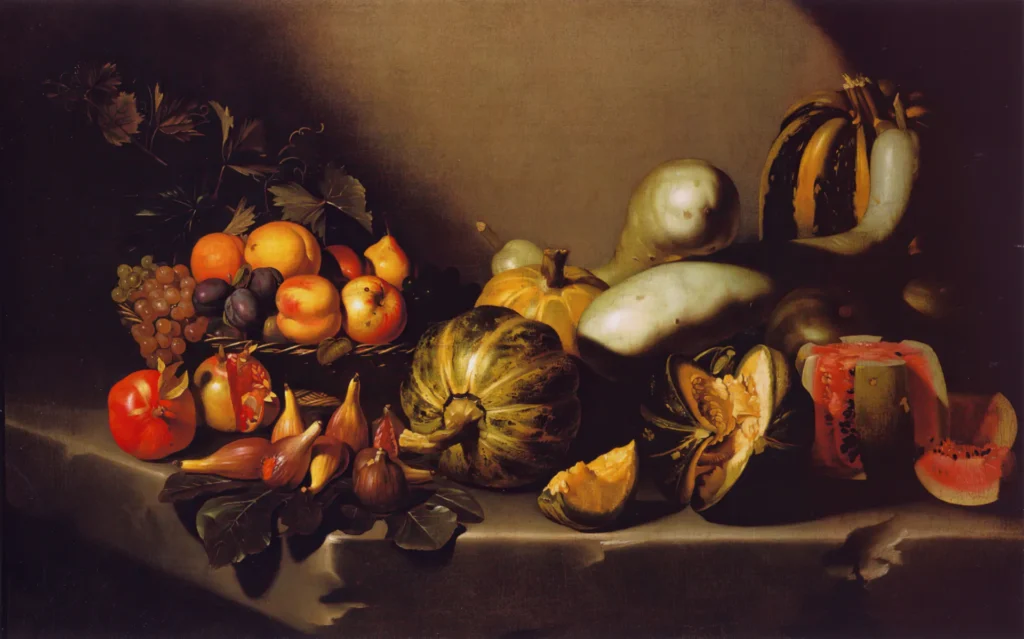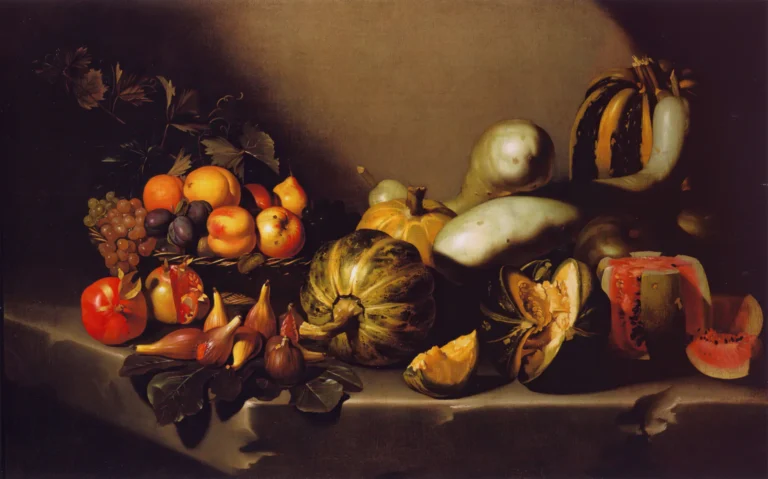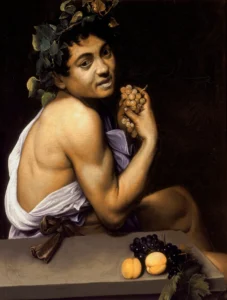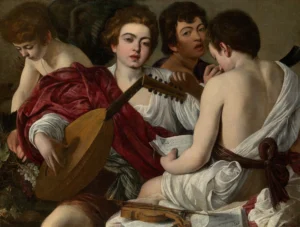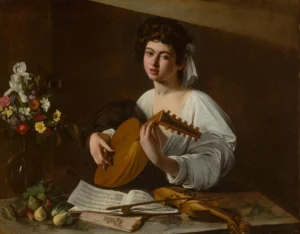Still Life with Fruit (circa 1603)
Created between 1601 and 1610, 'Still Life with Fruit on a Stone Ledge' stands out as one of the few independent still-life paintings by Caravaggio. The vibrant assortment of fruits and vegetables nestled in a wicker basket, set against a lush, illuminated backdrop, showcases the artist's revolutionary use of light and shadow. This work possesses rich potential symbolism often associated with the depicted objects, enhancing its allure and depth. Caravaggio's exceptional skill transforms the still life into an engaging study of texture, form, and the transient beauty of nature.
Circa 1601-1610
About the Artwork
The journey of 'Still Life with Fruit on a Stone Ledge' begins within the vibrant milieu of early 17th-century Italy, a period marked by the flourishing of Baroque art. This painting is credited to Caravaggio, a master of naturalism who set the groundwork for modern masterworks. Notably, Caravaggio crafted only a handful of still-life paintings throughout his career. The work was first recorded in Cardinal Antonio Barberini's collection in 1671, with speculations of it being associated with Caravaggio's early patron, Cardinal Francesco Maria Del Monte. The piece not only reflects Caravaggio's extraordinary talent but also hints at the patronage’s critical role in preserving his art through generations.
Did You Know
Caravaggio is often hailed as the father of Roman still-life painting. His innovative styles and techniques influenced generations of artists who followed, shaping the future of still life in Western art.
Despite his fame for dramatic religious scenes and portraits, only a few still-life paintings are attributed to Caravaggio, making ‘Still Life with Fruit on a Stone Ledge’ a rare gem within his oeuvre.
The use of intense contrast between light and shadow, known as Chiaroscuro, is a hallmark of Caravaggio’s painting style. This technique dramatically enhances the three-dimensionality and realism of his subjects, as evidenced in this still life.




